Celtic Mythology
-
In the realm of Scottish folklore, there exists a myriad of frightening entities, but none stand out as prominently as the dreadful and sinister Nuckelavee. This malevolent figure is a cause for concern, particularly for those in the Northern Isles, where tales of its horrific nature strike terror into the hearts of locals. The very…
-
The Nuckelavee: A Haunting Legend of Irish and Scottish Mythology Mythology reveals the profound anxieties of cultural groups, embedding fears of unseen threats into compelling narratives. In the realm of Irish and Scottish folklore, the Nuckelavee emerges as one of the most intimidating figures, as it surfaces from the ocean to unleash disease, destruction, and…
-
In the vast landscapes of Scotland, if you come across an unusually large avian creature, you might be looking at either a heron or a capercaillie—two of the most notable birds in the Scottish wilds. However, it could also be the elusive Boobrie. The Boobrie is a legendary, shape-shifting being said to inhabit the lochs…
-
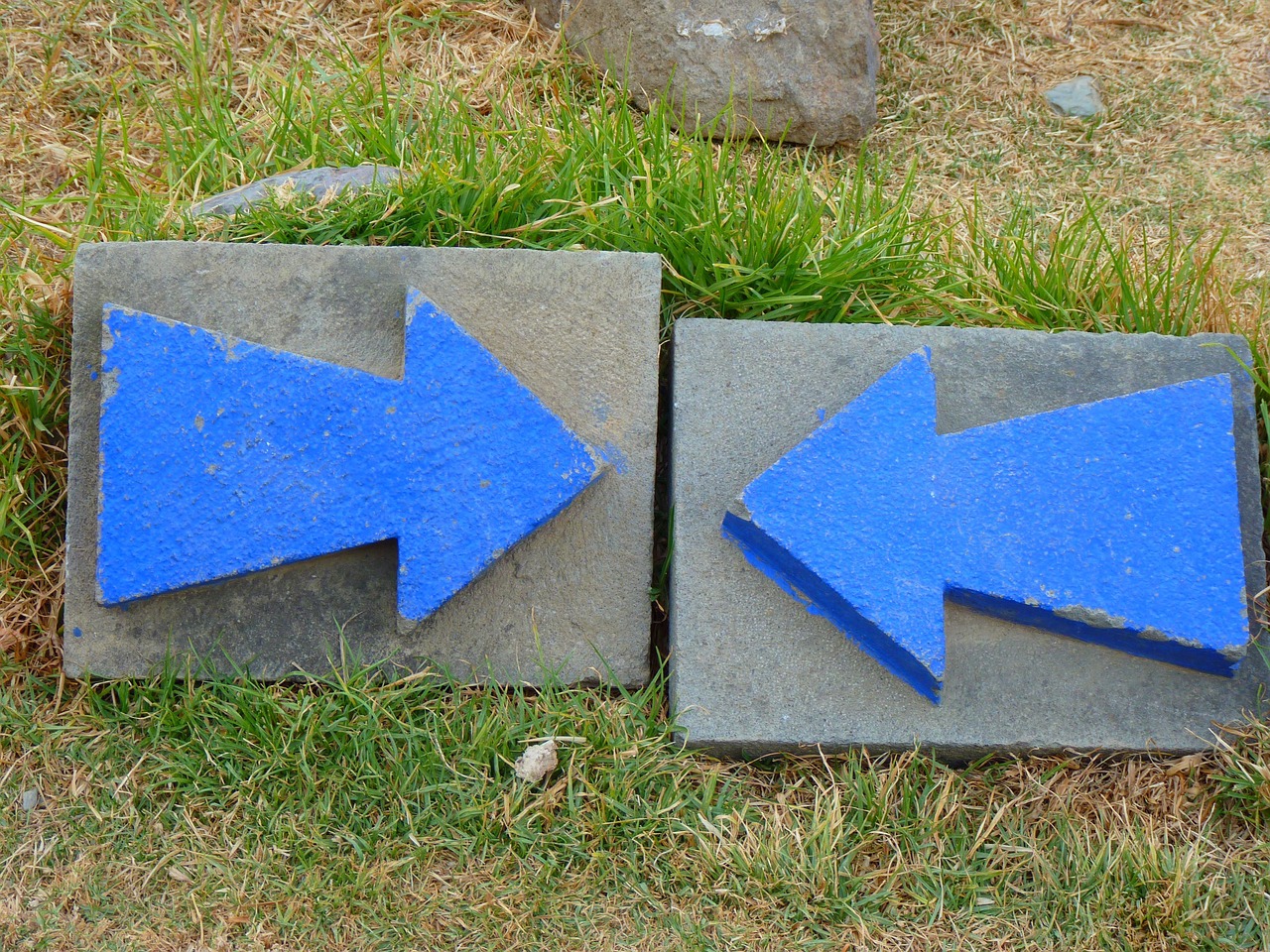
The Each-Uisge: The Alluring Yet Lethal Water Horse of Scotland The Enigmatic Water’s Edge A heavy, foreboding mist envelops the Scottish lochs, settling around the reeds like a ghostly veil. The cold air pierces through the skin, and an unsettling silence looms, thick with unsaid threats. The tranquil water acts as a deceptive mirror, reflecting…
-
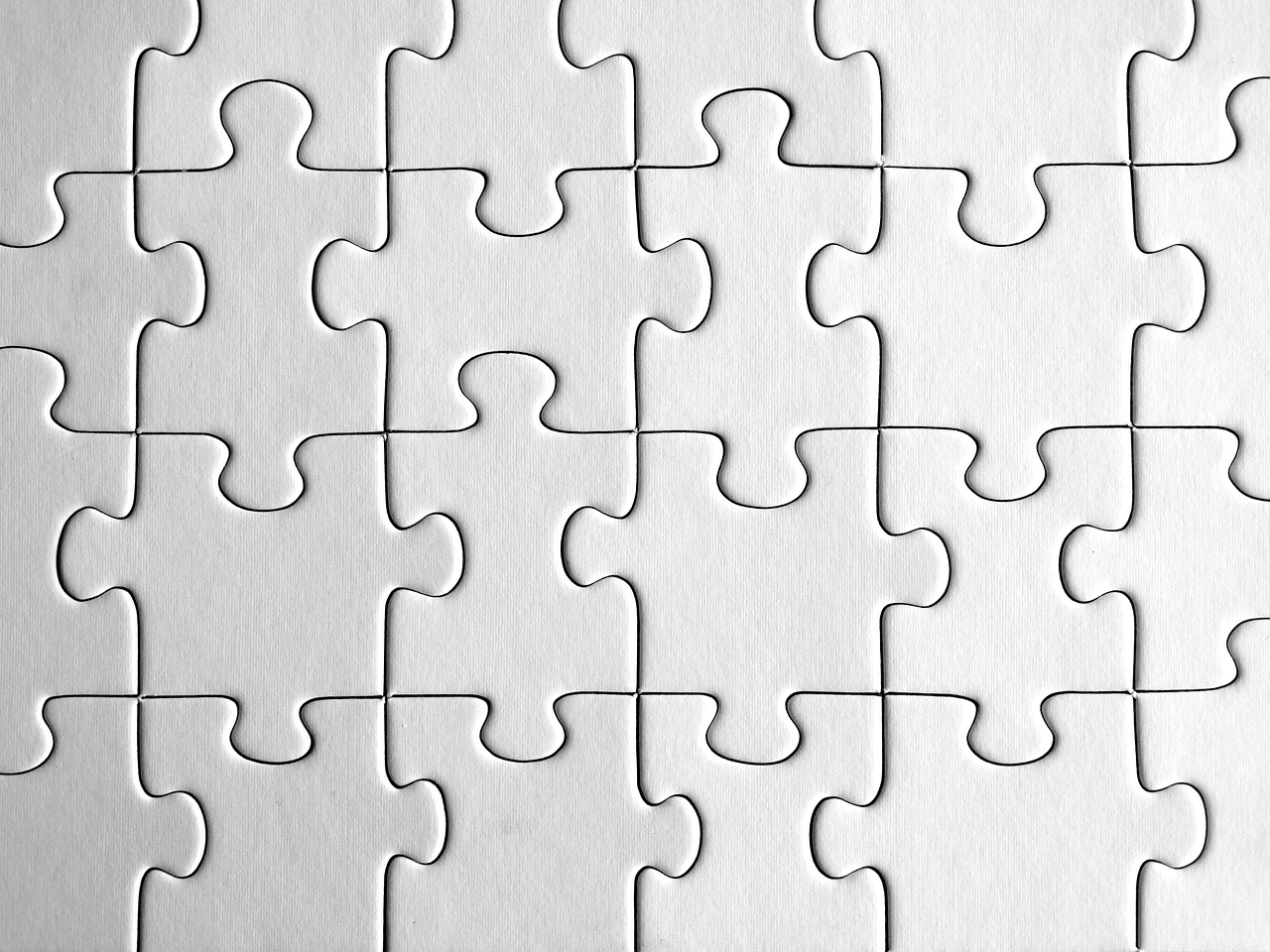
In Scottish folklore, the each-uisge is a legendary water horse known for its ominous presence in the Highlands. The term each-uisge translates to “water horse” in Scottish Gaelic, with its Irish counterpart referred to as each-uisace, or Ech-Ushkya, and the cabyll-ushtey being the equivalent found on the Isle of Man. This formidable creature is renowned…
-
Scottish folklore is rich with many dangerous beings, but none instills fear quite like the nightmarish Nuckelavee. This malevolent creature is said to haunt the Northern Isles, and its mere mention evokes terror among the locals. The description alone of this beast is enough to cause an overwhelming sense of dread; its breath is no…
-
In the realm of Irish mythology, Balor, often depicted as a colossal figure, serves as the tyrannical head of the Fomorians, a race of supernatural beings. His most notorious feature is a single eye that unleashes devastation upon being opened. The narrative illustrating his demise at the hands of his grandson, Lugh, has remained central…
-
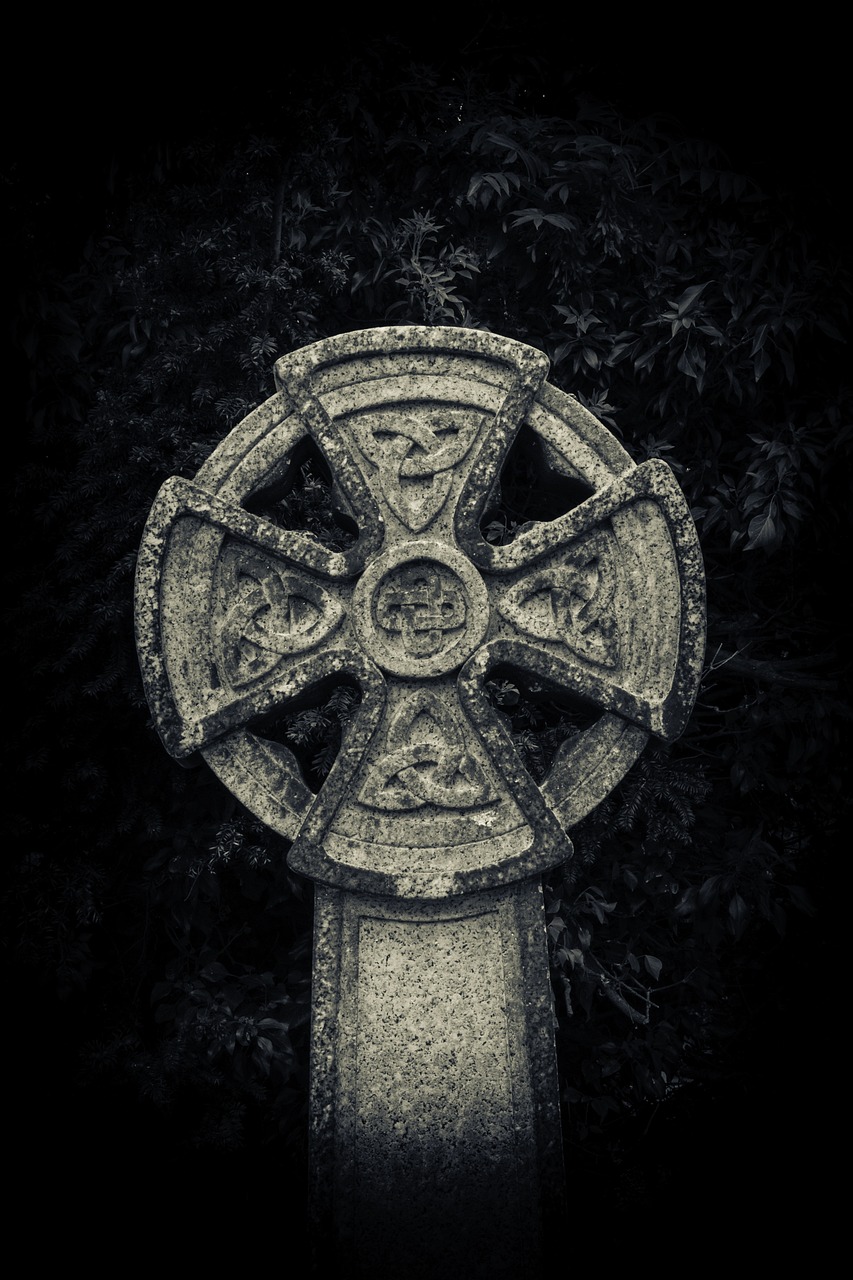
Manannan, often referred to as Manannan Mac Lir, stands as a significant figure within Celtic mythology, identified with the mystical Irish race known as the Tuatha De Danann. He is the son of Lir, the god presiding over the sea, and carries the title of Lord of the Sea, a realm from which the Land…
-
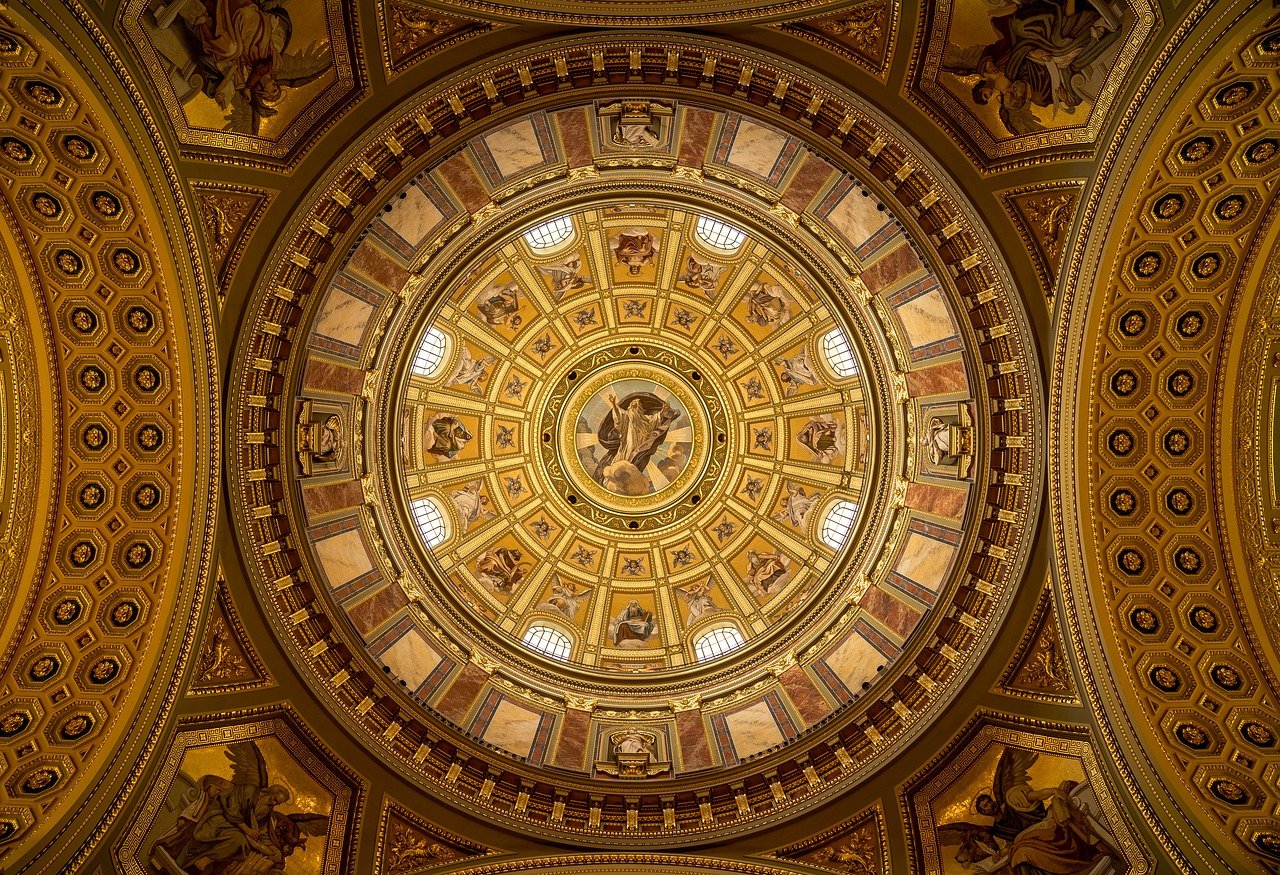
Celtic religion encompasses the spiritual beliefs and practices of the ancient Celts, an Indo-European group that reached the peak of their influence and expansion by the 4th century BC. This widespread population stretched from Britain to Asia Minor. However, following the 3rd century BC, the Celts faced a decline and fragmentation, culminating in the loss…
-
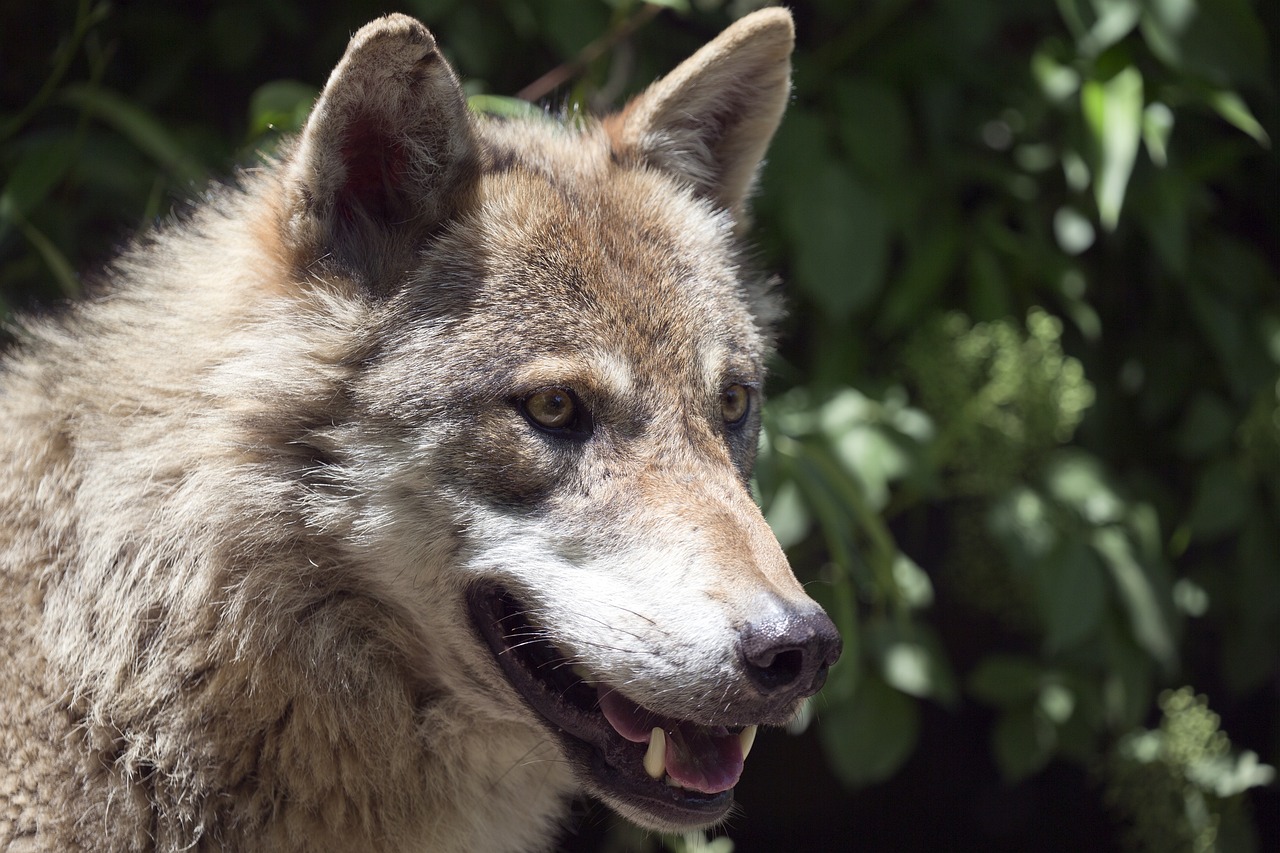
The Celtic deities were part of the ethereal Tuath Dé Danann, beings that originated from the mystical Otherworld. These ancient inhabitants of Ireland transformed into divine beings, facing the threats posed by the Fomorians while passing on their wisdom to future generations. Among them, the goddess Macha stands out for her particularly fierce demeanor. Macha’s…


